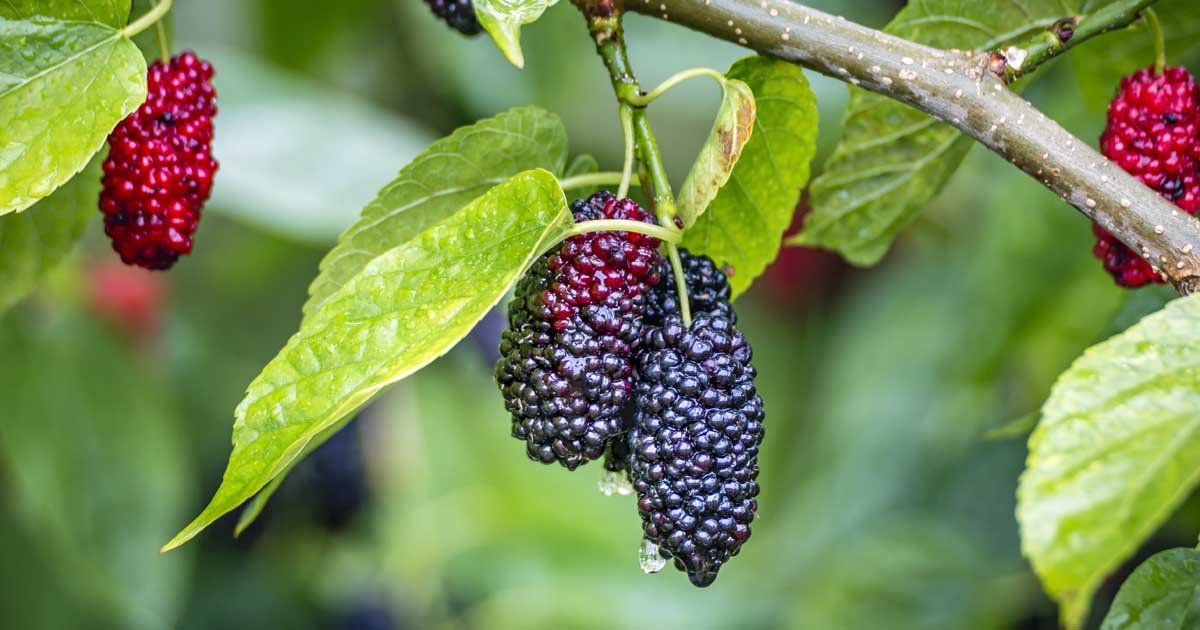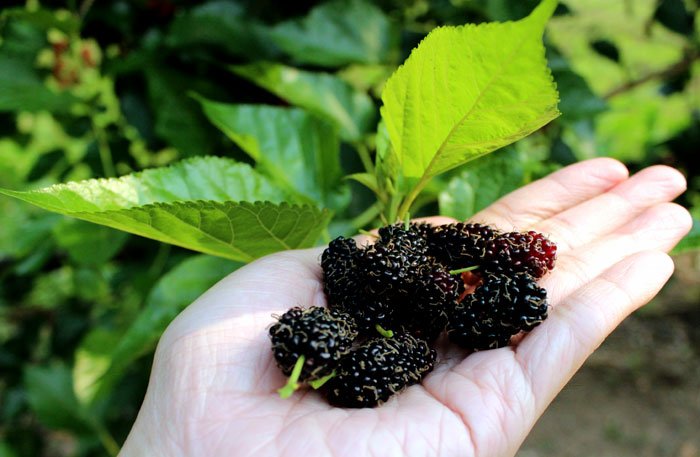
There is nothing quite so satisfying as picking berries from your very own bushes. Whether one is cultivating mulberries, blackberries, raspberries, or others, reaping the greatest benefit from any berry plant involves a little planning and forethought.
The following five expert tips will help ensure a sweet bounty from one’s plants.

1. Variety Selection Should Suit Your Climate
Success in berry picking starts with the selection of the varieties for your climate. Mulberries, for example, are resilient and thrive in temperate to warm areas. Their best crops, though, have well-drained soil and a lot of sunlight. Studying the varieties best suited to your region may make all the difference in your yield.
If you’re in a cooler climate, consider berries like raspberries or blueberries, which are more cold-hardy. In warmer areas, mulberries and blackberries may be better choices. Local garden centers or cooperative extensions can have much to say about the best varieties for your area.
2. Boost Pollination for Better Yields
Berry plants do require active pollination to produce fruits. For instance, mulberries need proper pollination for good production. Here are a few ways to enhance pollination:
- Attract Natural Pollinators: Plant flowers that will attract bees, butterflies, and other insects to your berry plants. Lavender, marigolds, and sunflowers can provide a pollinator-friendly environment.
- Shake Things Up: This might be unnecessary with outdoor trees; however, you could always shake the branches around to self-pollinate in case your mulberry tree is indoors or in a location with less traffic of pollinators during flowering season.
- Hand-Pollinate if Necessary: For indoor and isolated plants, you will need to take a small paintbrush to help transfer pollen from one flower to another. This works wonderfully for potted berry plants.
With good pollination, you will realize tremendous improvement in both the number and quality of fruits from your berry plants.
3. Prune Regularly to Encourage Fruit Production
Pruning is one of the key jobs to be done for berry plants and trees, as this allows the plants to develop a healthy growth habit without any overcrowding. In the case of a mulberry tree, pruning becomes very vital because it will conserve energy by keeping the tree away from producing leaves, which are not needed, and instead help channel that energy into the production of fruits.
- Timing Counts: Prune your mulberry tree in late winter or early spring before new growth starts. Doing so allows the tree to utilize its energy for budding and fruiting.
- Prune Correctly: Remove any dead, damaged, and inward-growing shoots to allow sunlight into the tree’s canopy. This allows airflow inside the tree, reducing fungal diseases and upping berry production in general.
- Keep Bushes Managed: On bush berries, such as raspberries, old canes can be trimmed after fruiting and new growth thinned to give you a healthier plant and bigger harvest next year.
4. Water Consistently but Avoid Overwatering
Berries require consistent moisture for decent growth, yet they are prone to root rot if overwatered. Here’s how you can water your berry plants right:
- Deep Watering is Key: Make sure to water your berry plants deeply once or twice a week, depending on the weather. A good soaking encourages the roots to grow deeper into the ground, hence enabling the plant to withstand drought conditions.
- Mulch to Retain Moisture: Put mulch around the base of your plants to retain moisture in the soil and keep it cool. Mulching also suppresses the growth of weeds, which compete with plants for nutrients and water.
- Avoid Waterlogging: The plants must have well-draining soil to avoid a serious reduction in fruit yields and promote plant diseases.
Deep Watering is Key: Carefully deeply water your berry plants once or twice a week, depending on the weather. A good soaking encourages the roots to grow deeper into the ground, hence enabling the plant to withstand drought conditions.
Mulch to Retain Moisture: Put mulch around the base of your plants to retain moisture in the soil and keep it cool. Mulching also suppresses the growth of weeds, which compete with plants for nutrients and water.
Avoid Waterlogging: The plants must have well-draining soil to avoid a serious reduction in fruit yields and promote plant diseases.
Of course, good drainage with proper watering helps your berry harvest and all the quality of the plants in general.
5. Fertilize Strategically for Bigger, Sweeter Berries
That being said, fertilization may well be an added major plus when it comes to berry production -berries really are heavy feeders and do need some nutrients to have a profuse, flavorful crop.
- Choose the Right Fertilizer: Mulberry trees also appreciate high-nitrogen-based fertilizers for an appropriate growth pattern with larger berries. In general, an early spring application of a slow-release balanced fertilizer is recommended.
- Avoid Over-Fertilizing: Over-fertilizing leads to more leaves and fewer fruits, hence following the recommendations on your fertilizer package. You will often get away with applying once in spring and once early in summer.
- Add Organic Matter: Adding compost or well-rotted manure to your berry plants offers them the necessary nutrients for good growth, and health of the roots, and can result in improvements in the quality of harvest.
These fertilizer tips can make for bigger, juicier berries off each harvest.
From planting to fertilizing, here’s how to give your berry plants the best start in the ground so they can give you their luscious best in return. With proper care, your berry plants will reward you with bountiful, sweet, and delicious fruits!








